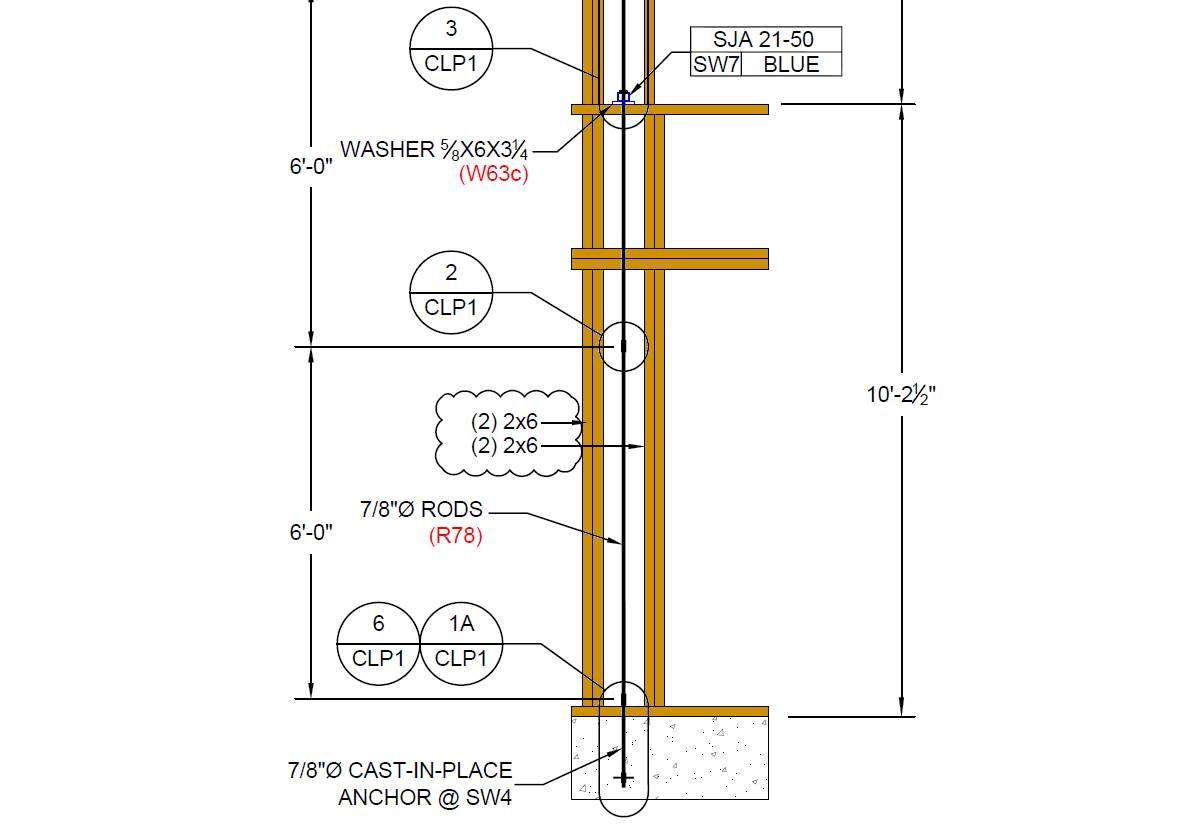
Are you using the right compression posts for your project?
Are you picking compression posts for your multi-level wood-frame project using a catalog?
You’re not alone.
Many look to these catalog tables to find the minimum required thickness for compression posts without considering the wood species or wall height. Typically, conventional catalog tables only give you enough information to calculate the correct compression post for conventional nail penetration and connection, thus, leaving out an often overlooked yet vitally important aspect in your project’s design.
Choosing the wrong compression post leads to loss of structural integrity and the ability to withstand wind and seismic events, putting your project and the inhabitants at risk.
Don’t want this to happen to you? We got your back.
Check out these 3 easy tips to ensure you’re using the right compression posts for your project.
Tip #1. Use the Right Wood Species
When you want maximum strength, you have to choose the right materials. The best types of wood for maximum strength and increased wall height are the Douglas Fir and Southern Yellow Pine. With these, you can easily rest assure that you will maintain your structure’s integrity. Be sure to avoid Spruce Pine and Hemfir if you want to minimize the quantity of studs or posts at the ends of the shearwalls. These wood species have less compression capacity per the National Design Specifications for Wood Construction.
Tip #2. Consider the Wall Heights
The second most overlooked aspect of compression post design, is the height of the walls. Our engineers suggest ensuring your posts are accurate for your project when wall heights exceed 10 feet and above. Many times, quantities are chosen based on typical wall heights, but buckling becomes an issue with higher walls.
Tip #3. Get CLP Systems involved Early
Here at CLP Systems, we don’t just solve your anchor issues and design and install your rod tie-down systems, our experts can also ensure you are using the right compression posts for you project – taking the guess work out of the equation. At CLP, we design compression posts considering the minimum required wood species and wall heights. We design or recommend symmetric or asymmetric posts on both sides of the rod. All our designs consider the edge distance and anchors, with detailed dimensions for accurate placement.
Now you can rest assured your compression posts will be perfectly fit for your multi-level building. Get ahead of anchor and compression post issues by contacting CLP Systems today. Click here to get started.
Once again, a big thanks to Khalid Arafeh P.E. and Paul Malcolm E.I.T. for their time and expertise on the article.












